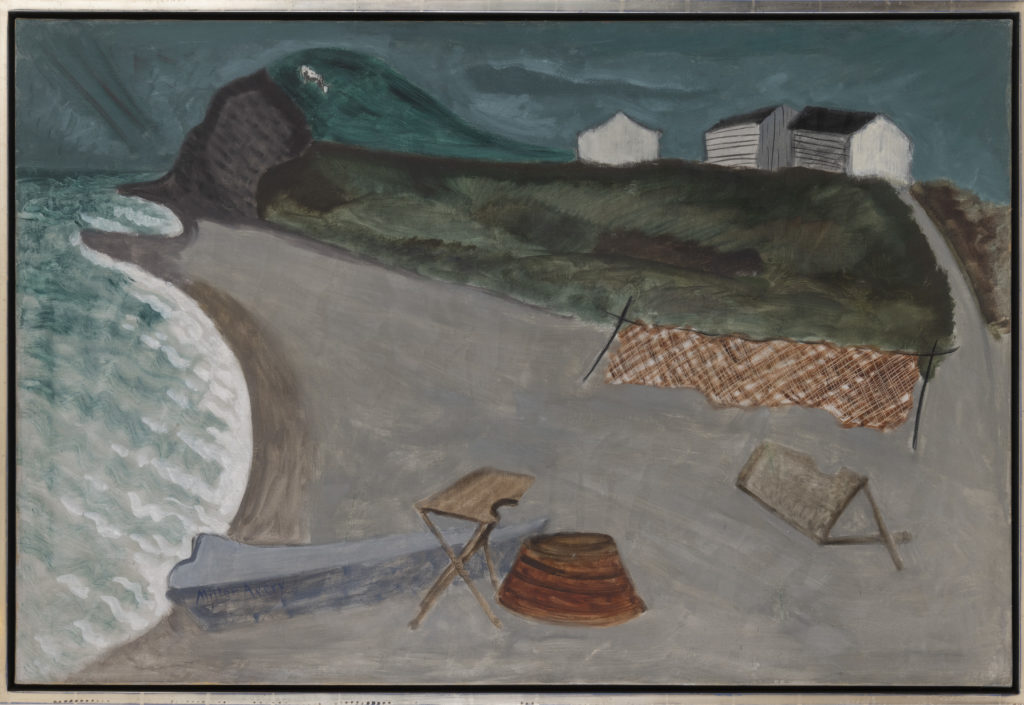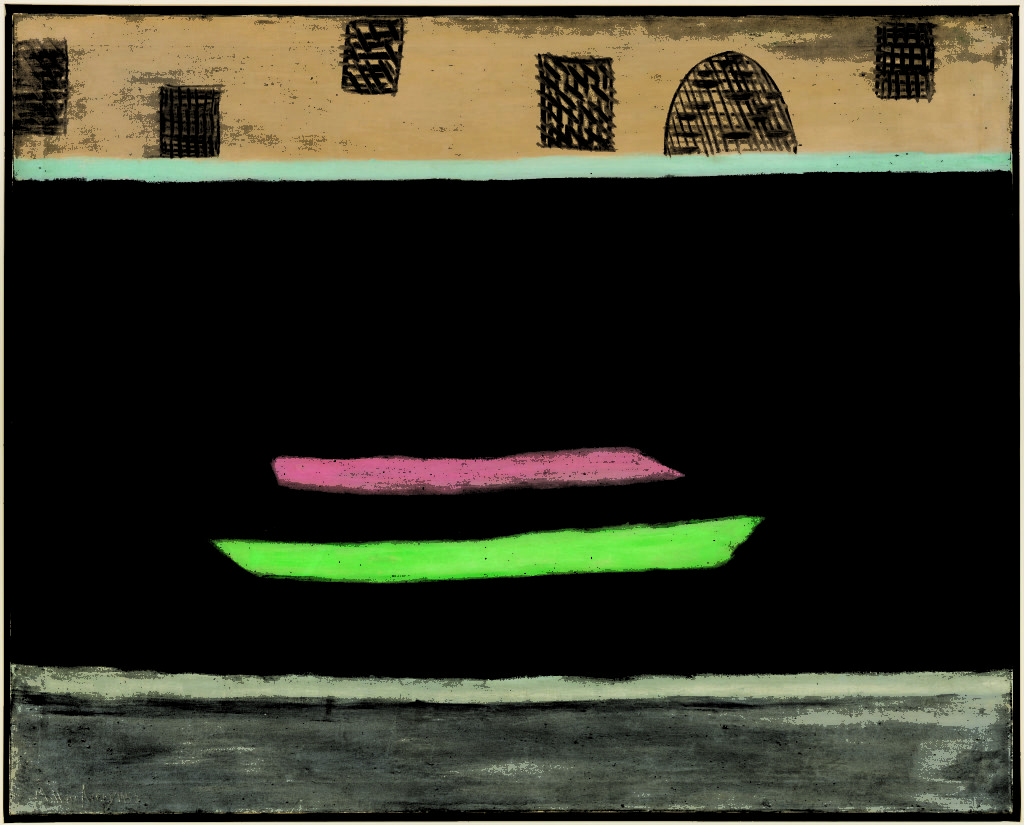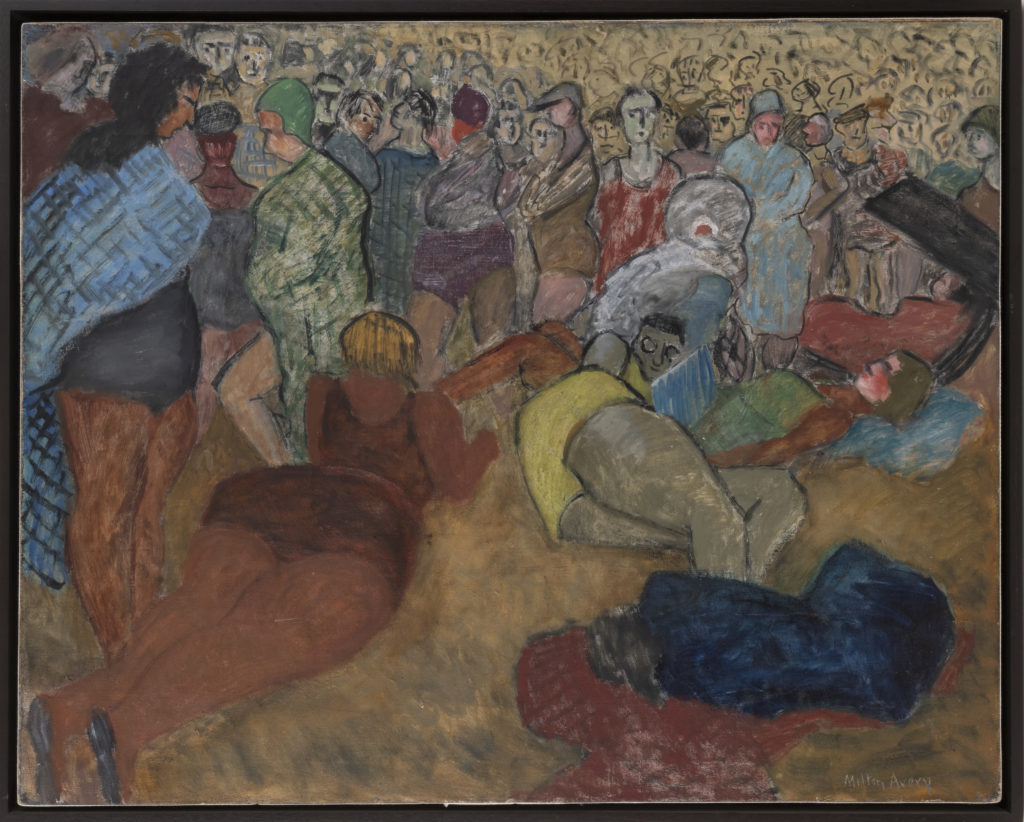The Modern Presents Milton Avery
The Modern Art Museum of Fort Worth presents Milton Avery, a major survey of the twentieth-century American master’s paintings. Organized by the Royal Academy of Arts, London, in collaboration with the Modern Art Museum of Fort Worth and the Wadsworth Atheneum Museum of Art, this long overdue exhibition includes a careful selection of Avery’s most celebrated paintings charting his career trajectory. His last retrospective was held at the Whitney Museum of American Art in 1982.

Milton Avery will be on view November 7, 2021, through January 30, 2022, in Fort Worth, followed by the presentation at the Wadsworth Atheneum Museum of Art, Connecticut, February 25 through June 5, 2022, and the Royal Academy of Arts, London, July 16 through October 16, 2022.
Exhibition curator Edith Devaney with the Royal Academy of Arts, London, said, “I have long been fascinated by Milton Avery’s remarkable work and the significant role he played in the development of American art in the 20th century. This is a timely moment to celebrate his considerable achievement and continued influence.”

Milton Avery
Fishing Village, 1939
Oil on canvas, 81.28 x 121.92 cm
The Milton and Sally Avery Arts Foundation
Photo: Adam Reich
© 2021 Milton Avery Trust / Artists Rights Society (ARS), New York and DACS, London 2021
Milton Avery (1885-1965) has long been recognized as one of the most important and influential American artists of his time. His compositions, with subjects taken from daily life, including portraits and landscapes, are imbued with a color sensibility, harmony, and balance that had a major impact on the next artistic generation. Avery played a vital role in the development of Abstract Expressionism through his close association with some of the younger exponents of the movement, such as Mark Rothko, Barnett Newman, and Adolph Gottlieb. His work defies distinct categorization, falling between the time of the American Impressionists and that of the Abstract Expressionists, both of which were significant to his oeuvre. Avery was famously prolific, and this survey will feature approximately seventy of his artworks from the 1910s to the mid-1960s.
The exhibition opens with Avery’s works through to the early 1940s, revealing the influence of the American Impressionists and his longtime appreciation of the landscape. The second chapter features the mid- to late 1940s, when the artist’s focus began to shift to a greater concentration on form. Avery’s mid-career subjects include scenes of the quotidian, taking from the European Modernist painters the tendency to depict the ordinariness of the subject and in doing so highlighting composition.

Milton Avery
Excursion on the Thames, 1953
Oil on canvas, 101.6 x 127 cm
The Milton and Sally Avery Arts Foundation
© 2021 Milton Avery Trust / Artists Rights Society (ARS), New York and DACS, London 2021
Avery’s late work, from the 1950s through to the early 1960s, demonstrates the continuing impact of European Modernists on the artist’s approach to artmaking, particularly Henri Matisse, from whom he takes permission to increasingly employ non-associative colors. The selection also shows the extent to which Avery perfected his unique ability to balance color and shape in progressively more abstracted compositions. Having exerted such a profound influence on the emerging young color field Abstract Expressionist painters, he also took much from them, with his scale increasing and his works becoming less dependent on the figurative content.
Marla Price, Director of the Modern and contributor to the exhibition’s catalogue, notes, “Milton Avery was the subject of my doctoral dissertation many years ago and I have been an admirer of his work ever since. I am delighted to present this great exhibition in Fort Worth.”

Milton Avery
Coney Island, 1931
Oil on canvas, 81.3 x 101.6 cm
The Milton and Sally Avery Arts Foundation
Photo: Adam Reich
© 2021 Milton Avery Trust / Artists Rights Society (ARS), New York and DACS, London 2021


 Sign in
Sign in

